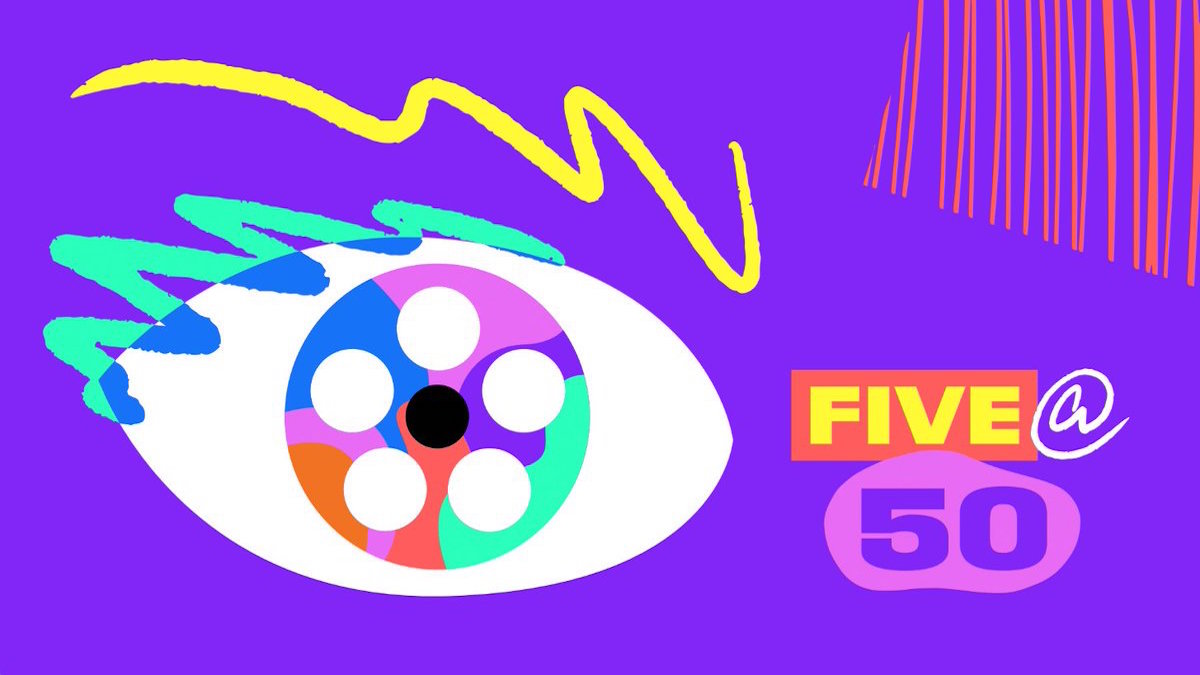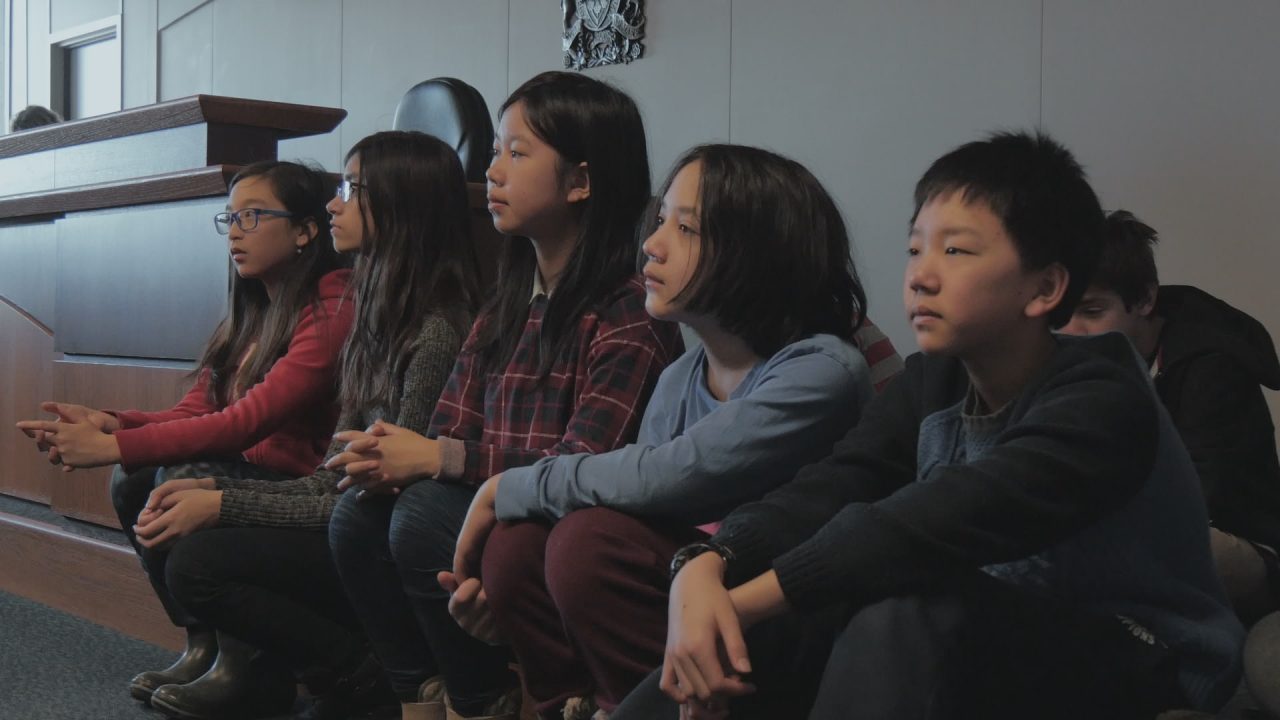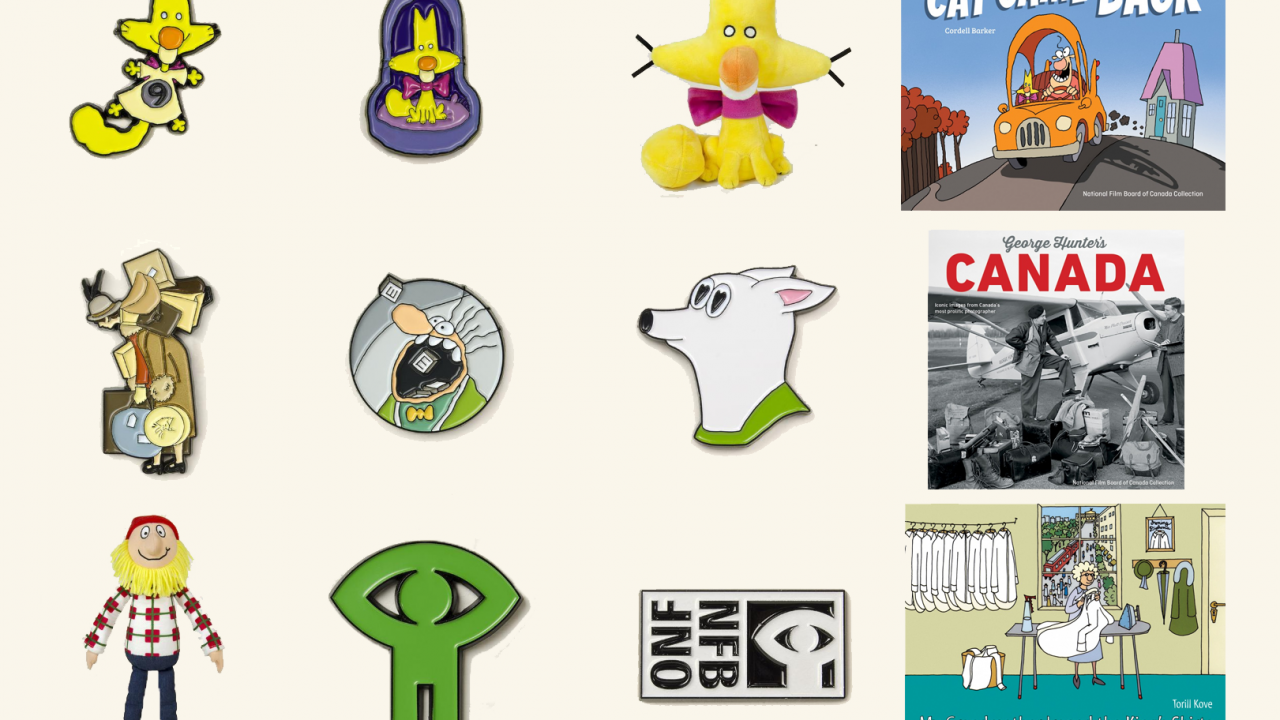Director Pablo Alvarez-Mesa on Jelena’s Song, screening tomorrow at Montreal’s International Documentary Festival
Pablo Alvarez-Mesa is an award-winning Colombian-Canadian documentary filmmaker who shares his time between Montreal and British Columbia. His 4th film, Jelena’s Song, explores the life of his friend Jelena Stefulic, whose idyllic childhood on a Croatian farm is uprooted when her family immigrates to Calgary.
The film will have its Quebec premiere on Nov. 11 at RIDM, the Montreal International Documentary Festival. Here’s an interview one of our freelancers recently did with Alvarez-Mesa in which he discusses sexual abuse, making films about friends and the use of photography in filmmaking.
Q. You were showing your film Presidio Modelo at the Montreal Film Festival in 2008 when you were approached by the NFB’s Ravida Din. She asked you to pitch a new project, and you proposed Jelena’s Song. Why?
A. Jelena and I went to film school together in Vancouver and collaborated on experimental videos that dealt with exile and intercultural experience. Our projects dealt with the fact that we were both from a second country, coming here and using English as a mediator between us. She spoke Croatian, and Spanish is my first language. Our experimental films dealt with intercultural space between people from different backgrounds and the new space you have to create to relate to one another. This idea of displacement of space in time is very interesting to me, and Jelena’s stories deal with that.
Q. Why was Jelena’s story appealing to you, as a filmmaker?
A. The film has three threads. One is the story of a family that immigrates to a new country. Their experience comes in a bag full of photographs and artifacts, and that’s how they relate to their past.
The second thread is the story of photographs per se, and how Jelena reinterprets those photos, using them as a tool to move on.
The third thread is about a child who went through trauma and abuse. I never experienced that personally, but I was very interested in telling a story that is so prevalent in our society. I think one out of five children has dealt with abuse. So I wanted to tell a story that didn’t just speak of the facts and figures, but how one person deals with the experience.
Q. You tell the story through photographs – you took about 150 during your shoot and used several of Jelena’s old family photos. Why do you use photography in your work?
A. I find photographs to be dynamic—they’re not simply an index to the past. They are powerful tools that can help you see how you were at a moment in time, in order to move on.
Q. Sexual abuse is a main story line in the film, and you explore Jelena’s experience of being sexually abused as a child. How did you approach such a sensitive and painful topic?
A. I told her I was very interested in the way she deals with the past, with time and space. Her house is pretty much a museum, full of artifacts and photographs. She keeps them and ritualizes them to make sense of her existence. She doesn’t want the abuse to be her life. She finds more vindication in knowing what happened and building positively from it. From the beginning it was clear that this is not a film about an abused child. She’s not just an abused child. We acknowledged this was one of many many many stories she has, and this was one, my interpretation of it.
Q. Can you discuss what it’s like to make a film about a close friend.
A. It’s tough to make a film when you know the subject. It’s a delicate balance. You are sculpting someone else’s story. You are altering that person by making a film about them. It is very hard to balance that aspect of making a film. It’s not just your own creation. And that’s in line with photographs. They aren’t stuck in time—they change.
Q. Did making this film change your relationship?
A. It was an intense period that involved a lot of trust. When we finished shooting the film she said it was interesting to have someone listening to her 22 days straight. We both learned and gained from the experience, and that’s very important. If anything, the friendship is stronger.
Q. How would you like the film to be seen?
A. We’re just telling stories, and we’re trying to understand as much as the audience is. It’s more like a triangle, a conversation between me, the subject and the audience. Jelena chooses what she wants to say, and then the audience will come full of ideas and preconceptions, put them forward, and use them to react to the film.
The viewer is engaged in that conversation, rather than simply watching. To experience sharing a story, an intimate moment, instead of just watching a film, that would be great.
Q. Why did you call it Jelena’s Song?
A. There is a song her mother wrote for her daughter when Jelena was very young. It’s like a lullaby: Jelena’s a little girl, she goes to the sea, she finds a seashell and is happy. They always sang it together. During the recordings, out of the blue, the song emerged. Jelena would remember one phrase, then her mother would remember another, and eventually they sing the whole song.
For me that is living—being able to tap into beautiful moments in the past, recapturing them and bringing them into the present. Jelena, with her photos, that’s what she does. She goes to her past, and instead of seeing it as a bad thing, she sees them as a good thing. That process of going back is that song, that morphs and changes and is full of life. Jelena’s story is like a really really long song.



